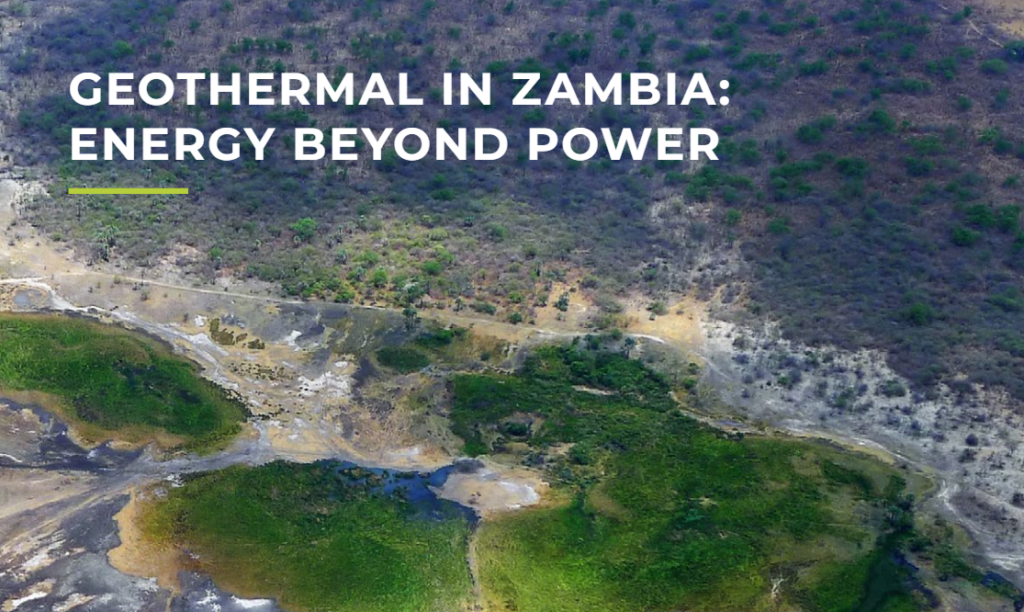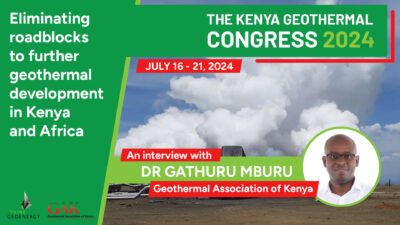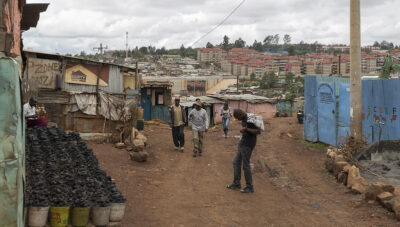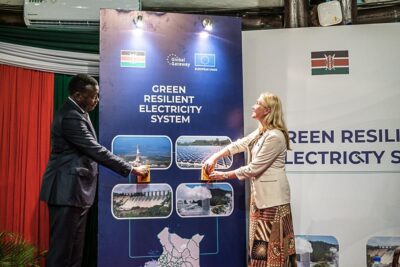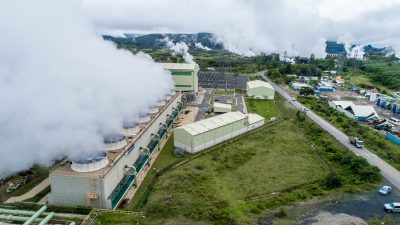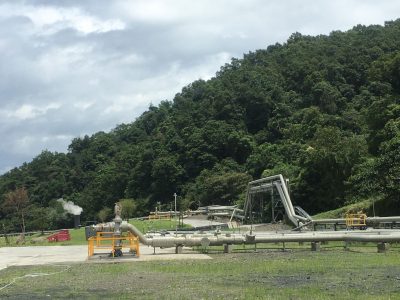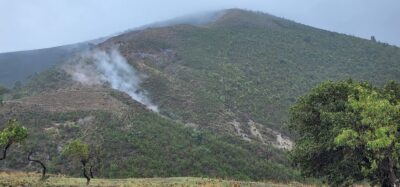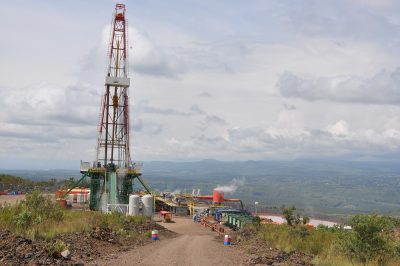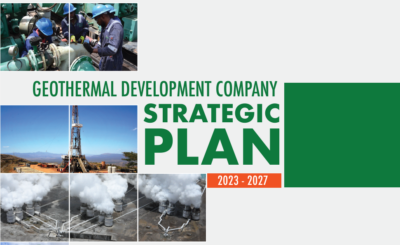Kalahari presents development roadmap for Bweengwa geothermal site, Zambia
Kalahari GeoEnergy is set to commence the first stage of operations at the Bweengwa geothermal site in Zambia with a goal of scaling up to 12 MW by 2030.
Kalahari GeoEnergy (Kalahari), in partnership with greenCrowd and the International Geothermal Association (IGA), has published a new document that provides excellent updates on the progress of the Bweengwa geothermal project in Zambia.
The full document, “Geothermal Energy in Zambia: Energy Beyond Power,” can be accessed via this link.
The project is being developed in strategic incremental stages with the goal of scaling to 12-MW capacity by 2030. By July this year, a 20-kW tri-generation demonstration ORC plant will be commissioned to generate electricity and thermal energy for a Multi-Facility Economic Zone. The main user of the energy will be diary product processing plant close to the geothermal thermal plant.
This demonstration plant will then upgraded to 150 kW in January 2025 to provide more energy for expanded direct-use applications, such as refrigeration for meat and agricultural produce. Subject to funding milestones, Kalahari then plans to scale to 3 MW by 2025, 8 MW by 2027, and 12 MW in 2030. The plan includes the drilling of six utility-scale production wells.
Project history
The Bweengwa geothermal project has had a very long history. Back in 2011, we reported on Kalahari signing an MOU with the Zambian government for geothermal energy rights for “certain identified targets.” By 2012, Kalahari had identified the southern margin of the Kafue Rift, also referred to as the Bweengwa River Area, as an area potentially suitable for geothermal energy production.
A series of temperature gradient holes were drilled over the following years with another slim hole drilling programme that started in 2019. By 2021, Kalahari announced an estimated capacity of 5-7 MWe on the shallow outflow reservoir of the Bweengwa River Geothermal Resource Area and an additional 10-12 MWe is expected from other exploration sites in the same area. Over this 6000 meters of geothermal slim wells were drilled.
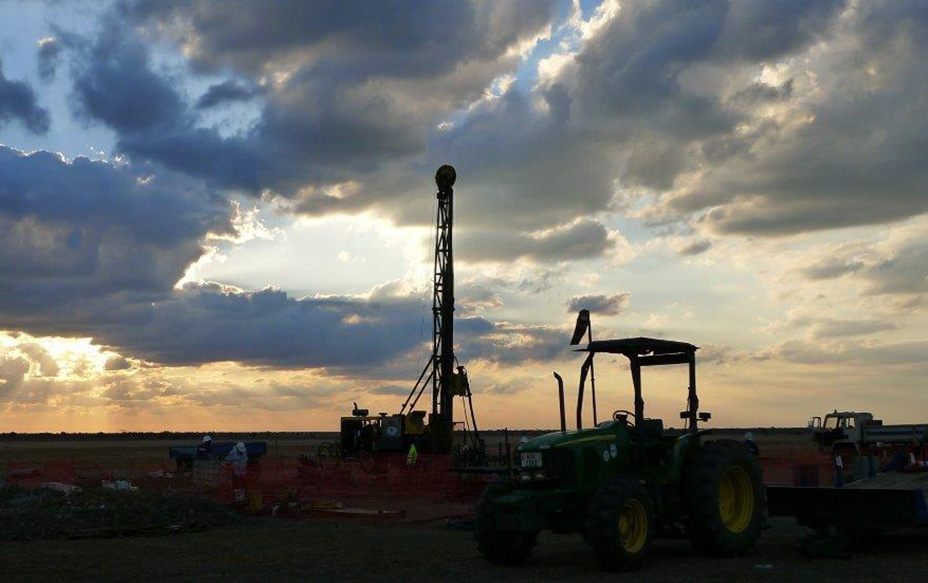
After 12 years of dedicated investment and effort, the project is now development-ready and is set to start generating geothermal energy this year.
Kalahari continues to conduct surface exploration, including geophysical studies, at other identified sites within the Kafue Rift exploration area. The preliminary assessment indicates that the site has potential for up to 50-80 MW of geothermal generation capacity.
Creating a socio-economic impact
Zambia currently relies on hydropower to supply 85% of its electricity. Due to severe drought, the country has experienced load shedding and its government recently declared the drought a national disaster. The lack of sufficient electrical supply has impaired the country’s financial security as well as the people’s well-being and capacity to maintain their livelihoods.
The lack of rainfall has also resulted in crop damage and a major food crisis. Without local heating and cooling facilities, the country has had to import milk powder from India and fresh produce from South Africa. This has made Zambia’s food security situation highly vulnerable to external forces.
Development of geothermal power generation can answer these challenges by providing climate-resilient and sustainable baseload power, as well as energy for heating and cooling facilities. There is also a huge potential for job-creation in geothermal from project construction, operation, and maintenance, as well as in the broader industry applications including dairy and agri-processing and fresh produce storage.
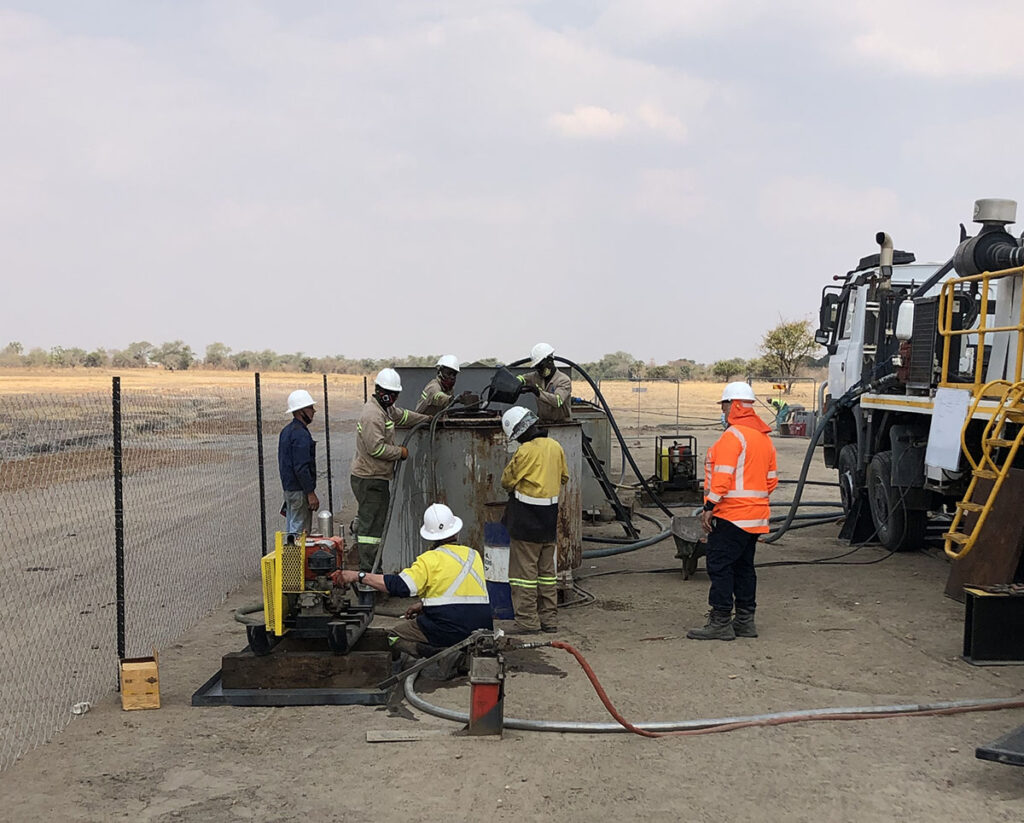
In 2022, Kalahari established a milk collection centre and future milk processing unit. This has immediately created a positive impact on the local community. The facility is now buying milk from 300 farmers, with many more expected once the demonstrator plant becomes operational.
To bolster their skills in direct-use applications of geothermal, a delegation from Zambia including representatives from Kalahari visited Kenya to learn about best practices in the geothermal direct-use sector from facilities run by KenGen and GDC.
A first-of-its-kind project in Africa
“The Bweengwa River Project is a significant project that will demonstrate what can be achieved with geothermal utilization across the Africa continent,” commented Helen Robison, Regional Manager for Africa of the IGA. “More importantly, it will highlight the potential for geothermal development away from the high-temperature setting of East Africa. A first of its kind on the continent, the project leads the way, opening doors for other countries, and showcasing what is possible.”
The Bweengwa River Project is considered a “Frontier Project” that will demonstrate the geothermal potential and opportunities for the broader African continent by implementing technologies designed for low-temperature geothermal systems.
The project is also well-positioned to highlight the transformational effect and scale-up potential of small to medium-sized geothermal plants, particularly for the local communities. With the job-creation potential of geothermal and its flexibility in power generation, heating, and cooling, it is a particularly appealing route for African nations experiencing rapid population growth.
Investment opportunity
Kalahari GeoEnergy has stated that it is open to investment from individuals and institutions that share their vision of an independent and reliable energy source with multiple revenue streams. The high upfront costs of geothermal projects remains an immediate obstacle at the Bweengwa site, as significant investment is needed for drilling, infrastructure, and equipment.
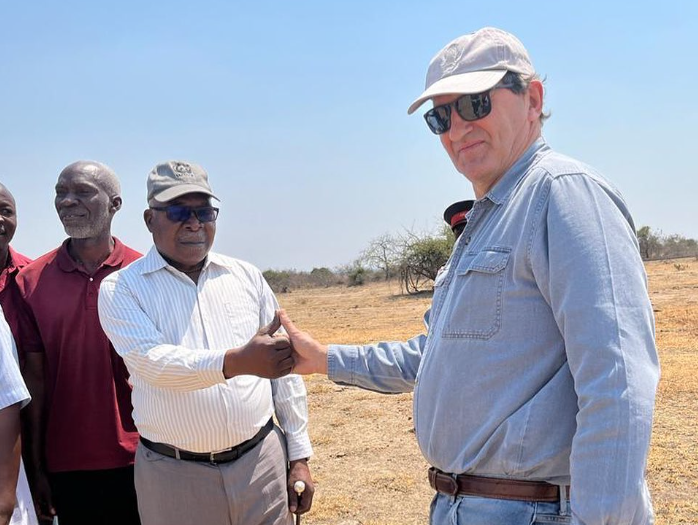
International investors and lenders are invited to not only focus on large-scale African infrastructure projects, but also to support the scaling up of smaller projects from the start.
Source: Kalahari GeoEnergy
